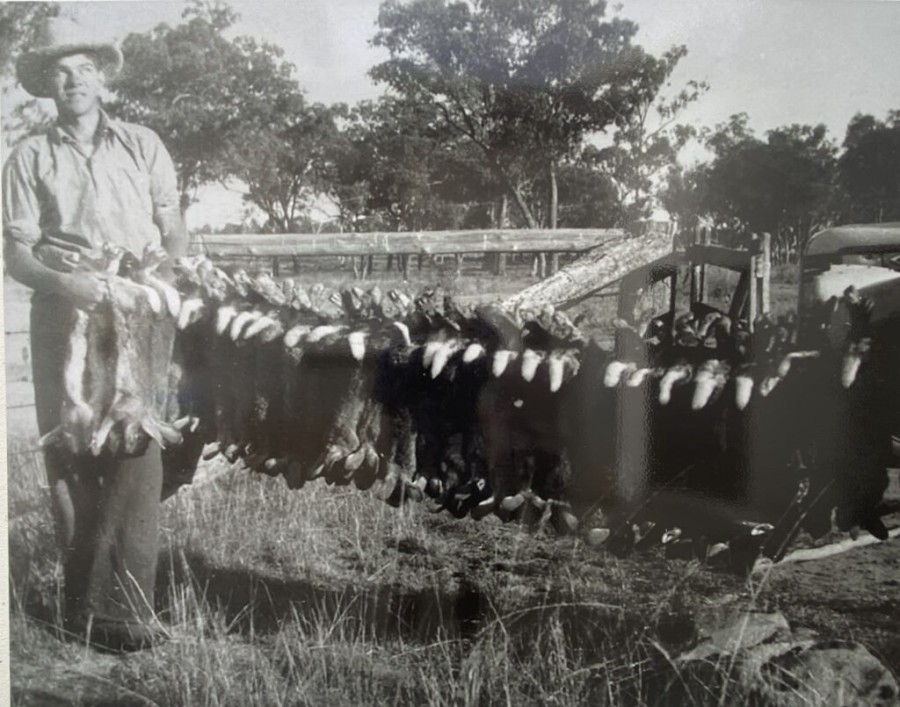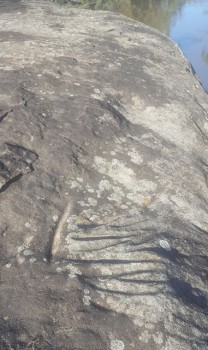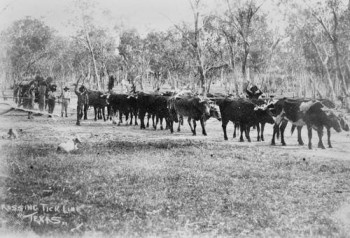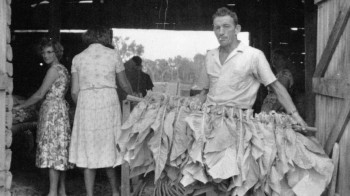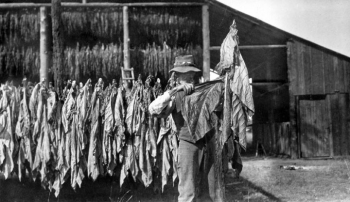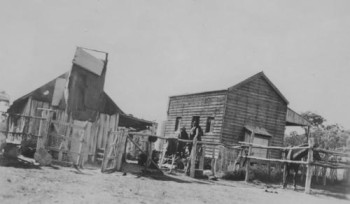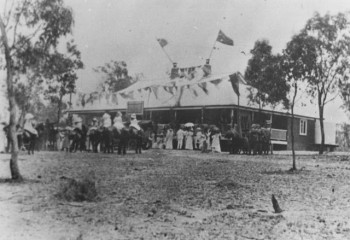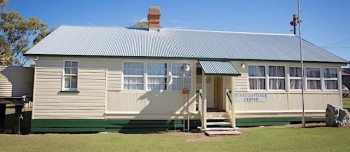A Brief History of Texas, Queensland
Long before European settlement, the region we now know as Texas, Queensland, was home to the Bigambul people, who lived along the Dumaresq River and surrounding lands for thousands of years. Their language and culture are deeply connected to the landscape — stretching across what is now Goondiwindi, Yelarbon, and Texas, north toward Moonie and Millmerran.
Early Settlement and the Name “Texas”
European settlers arrived in the 1840s. Brothers J. McDougall and his brother took up land in the area and named their station Cullybullan before later renaming it Texas in 1843. The name is believed to reference a territorial dispute between the McDougalls and other squatters — likened to the famous border conflict between the Republic of Texas and Mexico in the United States at the same time.
By the late 1860s, the region’s fertile river flats supported both cattle and cropping. The township was officially surveyed in 1875, and a tobacco factory was already operating by 1876 — one of Queensland’s earliest.
Floods and Relocation
Early Texas was built on the Dumaresq River flats, but devastating floods in 1890 destroyed much of the town, including the tobacco factory. Residents decided to rebuild 2 km north, on higher ground — where the town stands today. Another major flood in 1921 forced yet more rebuilding, and some remains of the original riverside settlement still exist as a reminder of the town’s resilience.
Growth and Industry
Through the late 1800s and early 1900s, Texas grew steadily:
-
Silver Spur Mine opened in 1893, creating jobs and attracting workers until its closure in 1913.
-
A cheese factory began in 1909 and later became a butter factory in 1912.
-
The Texas Hospital opened in 1913, marking another step in the town’s growth.
-
Soldier settlers moved into the district during the 1920s, contributing to the farming community.
The Rabbit Works Era
The 1920s brought an unexpected challenge — a rabbit plague that devastated farmland across Queensland. Instead of giving in to hardship, locals turned the problem into an opportunity. In 1928, the Texas Rabbit Works were built, processing rabbit meat and skins for domestic and export markets. The industry thrived for decades, becoming an iconic part of Texas’s story. Today, the restored Texas Rabbit Works Museum stands as the only remaining rabbit processing works in Australia, offering a fascinating glimpse into this unique chapter of rural enterprise.
Tobacco, Rail and Modern Times
Tobacco farming boomed from the late 1800s through to the 1950s, employing many Chinese and later Italian families who settled in the region. By mid-century, around 25% of all tobacco grown in Australia came from the Texas district. However, by the early 1990s, production had almost entirely ceased, with the last crops harvested in 1994 — the same year the Texas railway line from Inglewood was officially closed.
Despite the decline of these traditional industries, Texas remains proud of its agricultural roots and rich heritage. The town has continued to evolve, with amenities such as a new Police Station (1971), library (2010), and a welcoming, close-knit community spirit that defines country Queensland life.
Discover the Spirit of Texas
Today, Texas, QLD is a peaceful riverside town filled with history, character, and country hospitality. Visitors can explore heritage attractions like the Texas Rabbit Works Museum, Silver Spur Mine ruins, and the Dumaresq River, or simply enjoy the relaxed pace of small-town life.
Whether you’re visiting for fishing, bushwalking, or a weekend getaway — you’ll find the perfect place to unwind at Texas Motel.
Stay with us, explore our history, and experience the true heart of rural Queensland.

